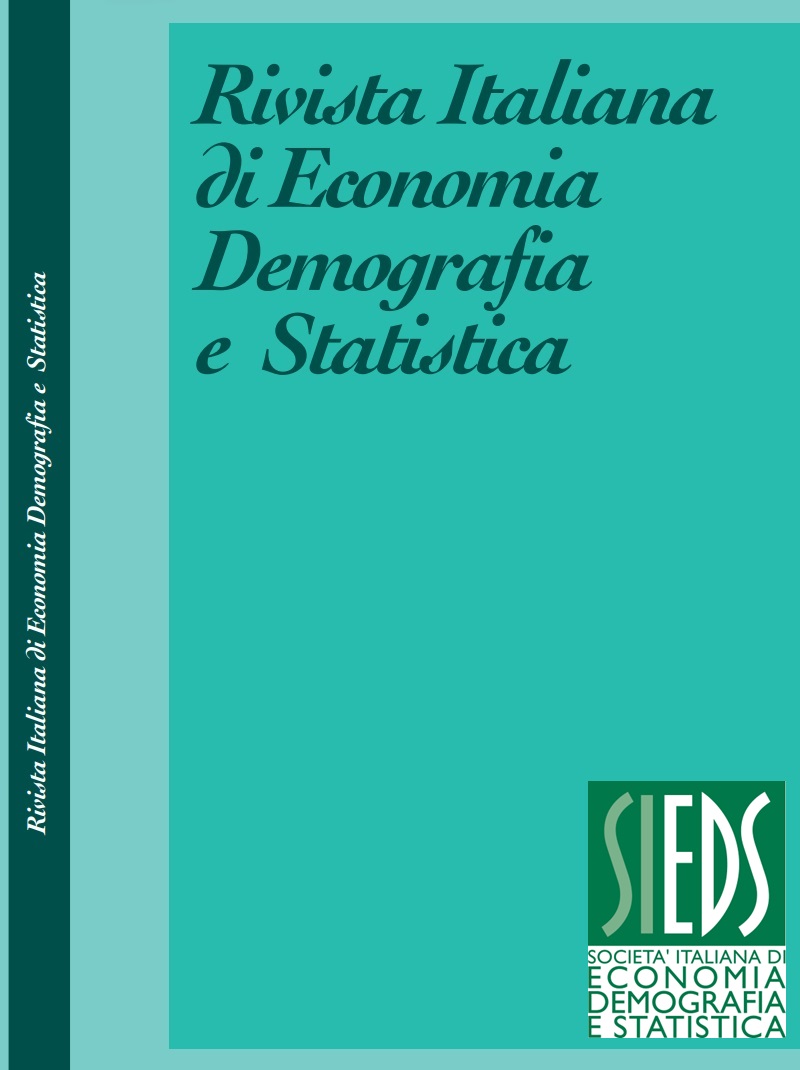Processes of marginalization: dynamics in Lombardy
Abstract
The observation of the dynamics of territories and urban areas is fundamental to the analysis of the evolution of demo-social phenomena not only in terms of welfare but also of environmental sustainability and economic growth.
The aim of the work is to identify and study shrinking areas that have undergone processes of demographic and economic marginalization in the last decade, in the Lombardy context and at a municipal level of detail.
Both indicators from official statistics and spatial databases will be considered in the analyses. In particular, use will be made of demographic data released by the National Institute of Statistics in addition to income data provided by the Internal Revenue Service.
The construction of a spatial typology will be used to identify areas affected by marginalization processes whose profile it is of interest to study, thanks to methods based on decision trees.
Related to the results, this paper notes that spatial characteristics -such as, for example, geographic area, urban size, etc. - are important factors in the spatial variability of demographic and economic marginalization processes at the local scale. These results highlight the importance of a spatial analysis of socio-demographic dynamics to support local development policies.
Downloads
Published
Issue
Section
License
Copyright (c) 2023 Simona Ballabio, Flavio Verrecchia, Alberto Vitalini

This work is licensed under a Creative Commons Attribution 4.0 International License.



